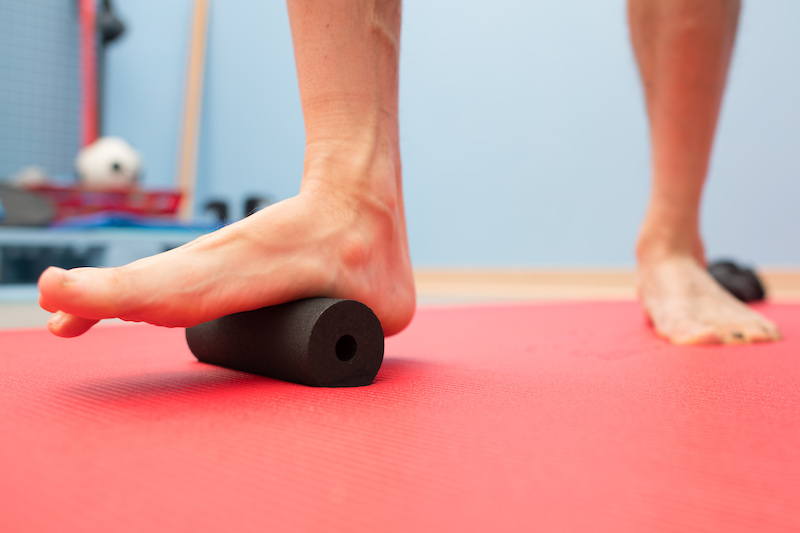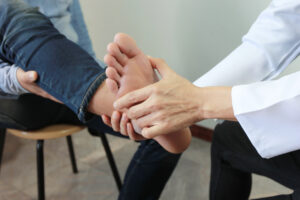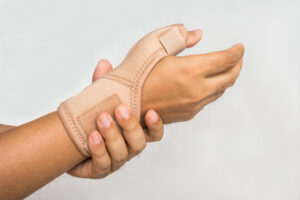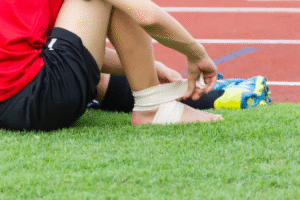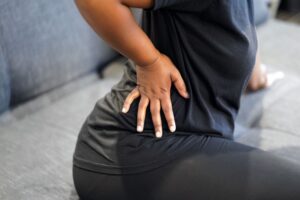Key Pointers:
- Bunions are caused by changes in the bone and joint at the base of the big toe.
- Home remedies cannot “shrink” or reverse the bunion, but they can help manage pain and slow progression.
- Common methods include proper footwear, splints, exercises, and lifestyle adjustments.
- Only surgery can permanently correct the bone alignment.
- Early management helps maintain mobility and reduce discomfort.
What Exactly Is a Bunion?
A bunion (hallux valgus) forms when the joint at the base of the big toe becomes misaligned, causing the big toe to lean towards the smaller toes. This creates a visible bump on the side of the foot. Bunions are not just cosmetic—they can cause pain, stiffness, and difficulty with footwear.
Can Home Remedies Actually Shrink a Bunion?
The short answer is no. Because a bunion is caused by changes in bone structure, no cream, massage, or exercise can make the bump disappear. However, conservative methods can help:
- Reduce discomfort during daily activities
- Slow further progression of the deformity
- Delay the need for surgery if symptoms are mild
Which Natural or At-Home Approaches May Help?
Many people turn to non-surgical methods before considering surgery. Some of the most common include:
- Wearing wider shoes – reduces pressure on the bunion.
- Toe spacers or splints – may provide temporary realignment and comfort.
- Foot exercises – such as toe stretches or picking up objects with your toes to maintain flexibility.
- Icing and rest – to manage swelling and pain after long periods of standing.
- Over-the-counter pain relief – for flare-ups of soreness.
These approaches are supportive, not corrective.
When Is Surgery the Only Option?
If bunion pain affects walking, shoe choice, or sleep, surgery may be recommended. Surgical procedures address the root issue by realigning the bone and joint. This is currently the only way to “shrink” or correct a bunion permanently.
How Do Doctors Diagnose and Guide Treatment?
A consultation usually includes:
- A physical exam to assess alignment and joint flexibility
- X-rays to check bone structure and severity
- A discussion of lifestyle, footwear habits, and activity levels
Treatment recommendations are then tailored, starting with non-surgical measures before considering surgery.
FAQs About Bunions
Q1: Can bunions go away on their own?
No. Bunions do not reverse naturally, but symptoms can be managed.
Q2: Do bunion splints or correctors really work?
They can provide comfort and mild temporary realignment, but they cannot permanently change bone structure.
Q3: Are bunions only caused by wearing tight shoes?
No. Footwear plays a role, but bunions also have genetic links and may be influenced by flat feet or arthritis.
Q4: When should I see a doctor about a bunion?
If pain persists, if the bump worsens, or if walking becomes difficult, it is advisable to seek medical assessment.
Q5: Is bunion surgery always necessary?
Not always. Surgery is considered if conservative treatments no longer provide relief or if the bunion severely limits mobility.
Talk to A Specialist About Bunion Care
While natural remedies can help with comfort, they cannot make a bunion disappear. If your bunion is painful or worsening, professional assessment is the best way forward.
📍 Mash Spine & Orthopaedics, Farrer Park Medical Centre
📞 Call +65 6518 9545 or Book a Consultation Here

